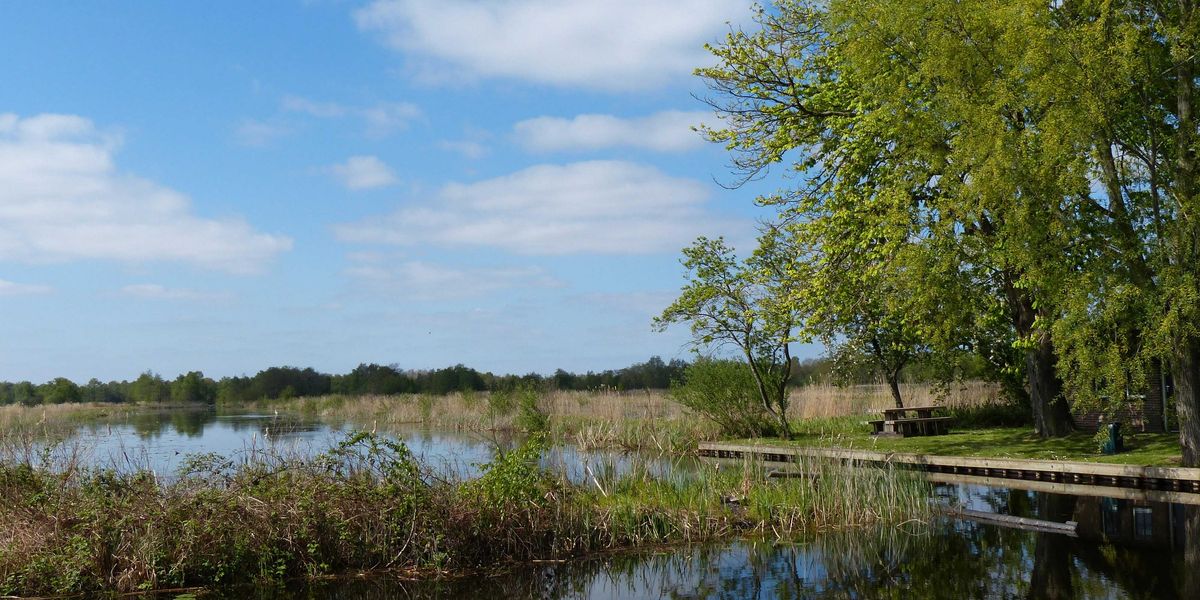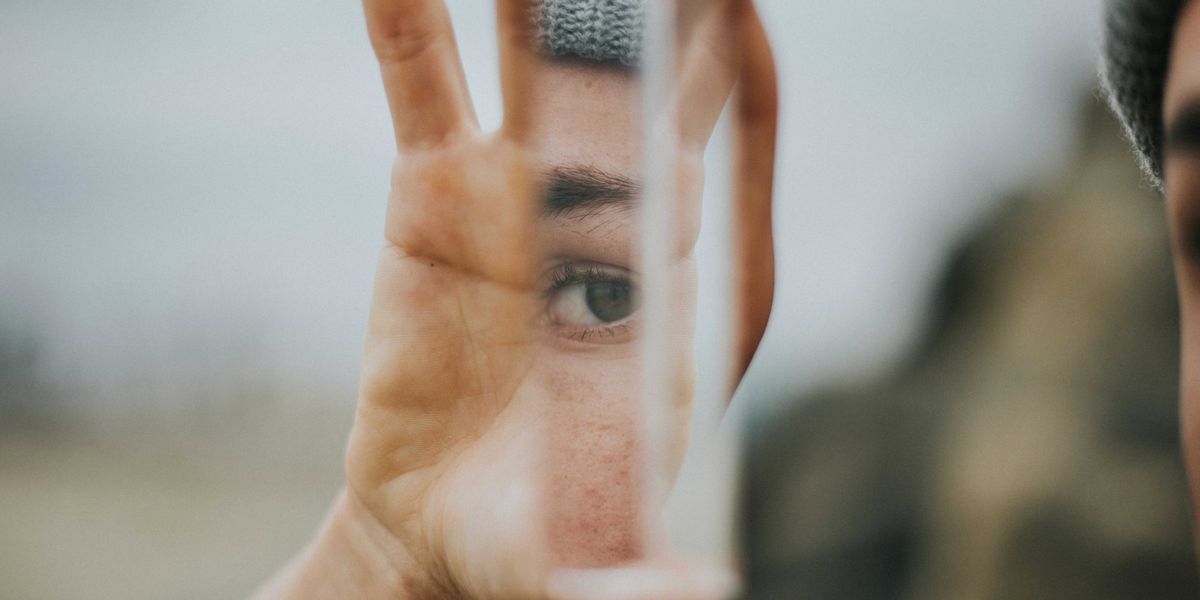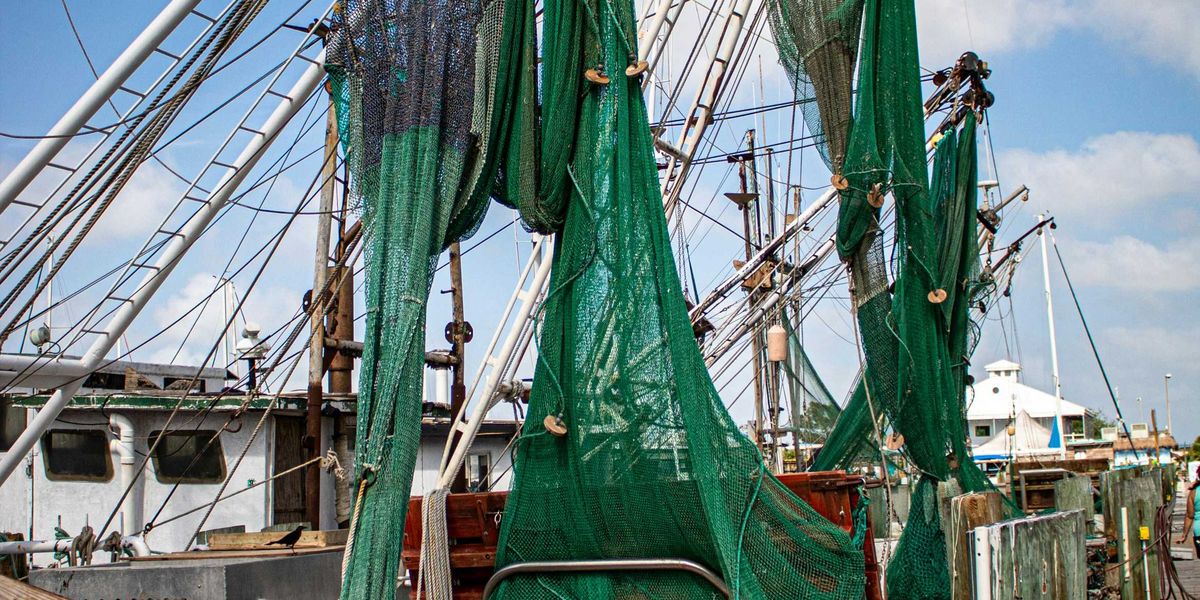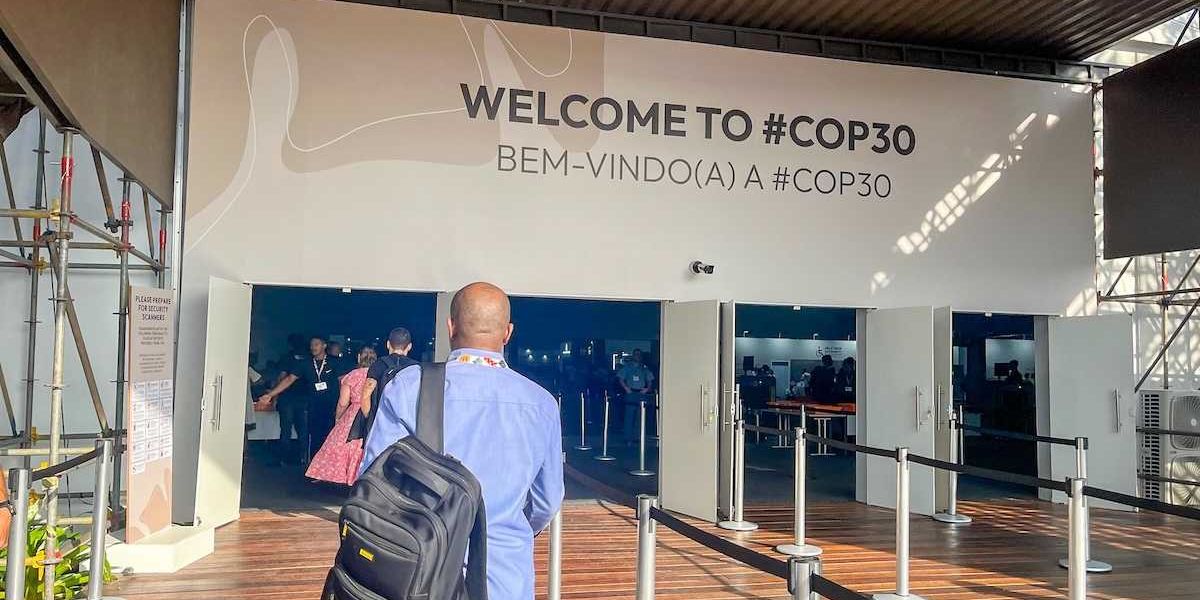
As Utah’s Great Salt Lake recedes, toxic dust threatens nearby communities
Windstorms across the shrinking Great Salt Lake are kicking up dust laced with arsenic and other dangerous metals, exposing millions of Utah residents to unmonitored health risks.
Ruby Mellen and James Roh report for The Washington Post.
In short:
- Dozens of toxic dust storms sweep across the exposed bed of the Great Salt Lake each year, but neither Utah nor the federal government tracks their frequency or chemical composition.
- The lake has receded drastically due to water diversions, development, and climate-driven drought, leaving behind 800 square miles of dust-prone playa.
- While some monitoring efforts are underway, they fall short of federal standards, meaning hazardous findings would not require official response or mitigation.
Key quote:
“We’re staring down the barrel of the biggest public health crisis our state has ever seen.”
— Ben Abbott, executive director of Grow the Flow
Why this matters:
The exposed bed of Utah’s Great Salt Lake is a growing source of airborne toxic dust. As more lakebed is laid bare, winds pick up and carry dust particles that may contain arsenic, lead, and other harmful substances into nearby towns and cities. The Salt Lake Valley, home to 90% of Utah’s population, now faces unquantified risks tied to this phenomenon. Residents, including children and people with asthma, are already feeling the effects. The scale of the dust problem echoes health crises from other shrinking saline lakes around the world, where exposure has been linked to kidney damage and respiratory illness. Yet gaps in monitoring and regulation leave Utahns vulnerable and uninformed. With climate change and overconsumption shrinking the lake faster than it can recover, the dust will likely get worse.
Related: Great Salt Lake dust harms Pacific Islanders and Hispanics













